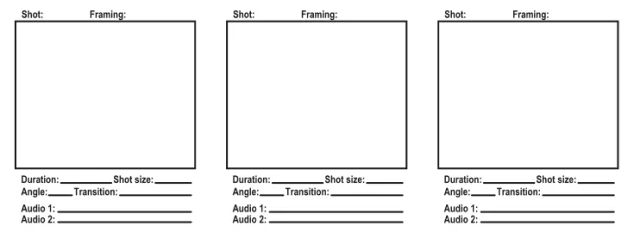Cinematography
Cinematography
Good cinematography is cinematography that serves the director's vision, great cinematography lifts that vision to another plane of artistry by taking that vision and infusing it with an artistic truth that make it unique and original.
Cinematography sets and supports the overall look and mood of a film’s visual narrative. Each visual element that appears on screen, a.k.a. the mise-en-scene of a film, can serve and enhance the story so it is the cinematographer’s responsibility to ensure that every element is cohesive and support the story. Filmmakers often choose to spend the majority of their budget on high-quality cinematography to guarantee that the film will look incredible on the big screen.
6 Duties and Responsibilities of a Cinematographer
- Chooses a visual style for the film
- Establishes the camera setup for every shot.
- Determines the lighting for every scene
- Explores the potential of every location
- Attends rehearsals
- Elevates the vision of the director



Comments
Post a Comment